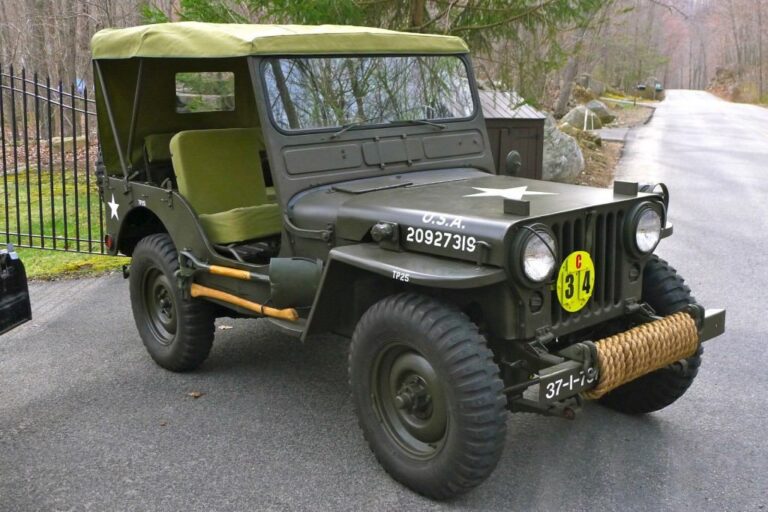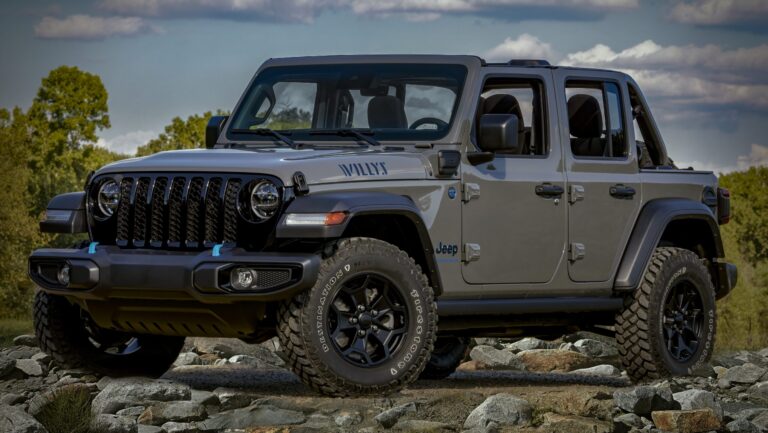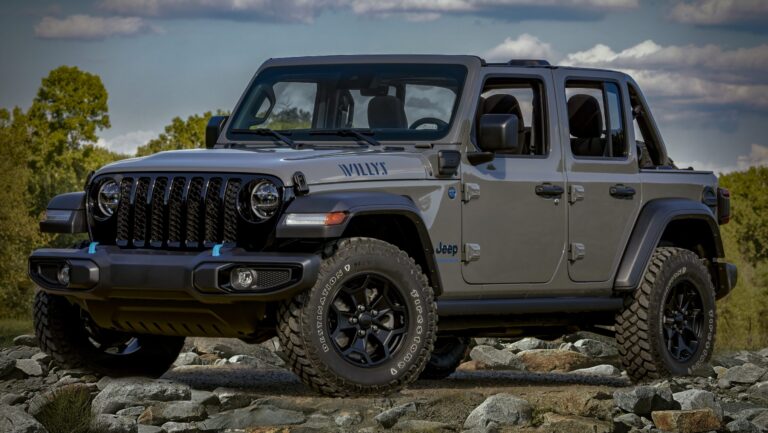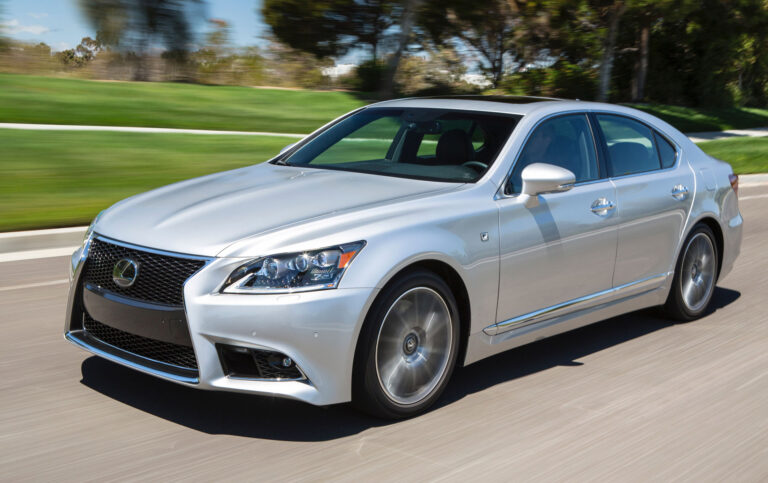1993 Jeep YJ For Sale: Your Comprehensive Guide to Finding and Owning an American Icon
1993 Jeep YJ For Sale: Your Comprehensive Guide to Finding and Owning an American Icon jeeps.truckstrend.com
The year 1993 might seem like a distant memory, but for automotive enthusiasts, it represents a sweet spot for one of America’s most iconic off-road vehicles: the Jeep YJ. Instantly recognizable by its distinctive square headlights – a design choice that both delighted and divided purists – the 1993 Jeep YJ stands as a testament to rugged simplicity, unparalleled customization, and an enduring spirit of adventure. For those seeking to embrace the open air, conquer challenging trails, or simply own a piece of automotive history, a 1993 Jeep YJ for sale presents an exciting, albeit often challenging, opportunity.
This article serves as your comprehensive guide to navigating the market for a 1993 Jeep YJ. We’ll delve into what makes this particular year special, what to look for when buying, where to find them, and what to expect from the ownership experience. Whether you’re a seasoned Jeeper or a curious newcomer, understanding the nuances of the 1993 YJ market is crucial to making an informed and satisfying purchase.
1993 Jeep YJ For Sale: Your Comprehensive Guide to Finding and Owning an American Icon
The Enduring Appeal of the 1993 Jeep YJ
The Jeep YJ, produced from 1987 to 1995, was the first Wrangler model, succeeding the legendary CJ series. While its square headlights initially alienated some traditionalists who cherished the CJ’s round eyes, the YJ quickly carved out its own niche. The 1993 model year, in particular, benefits from being one of the later YJs, meaning it typically comes equipped with the more desirable 4.0-liter High Output (HO) inline-six engine, which offered a significant power bump over earlier versions.
What truly defines the YJ’s appeal is its back-to-basics approach to off-roading. Unlike modern SUVs laden with complex electronics, the YJ is a straightforward machine. It utilizes robust leaf springs at all four corners, providing excellent articulation for rock crawling and a relatively simple, durable suspension system. Its removable doors, fold-down windshield, and various soft-top and hardtop configurations offer an unparalleled open-air driving experience, connecting occupants directly with the environment.
The YJ’s simple architecture also makes it a dream for DIY mechanics and customizers. A vast aftermarket industry supports everything from lift kits and heavy-duty axles to custom interiors and performance upgrades. This moddability means that no two YJs are exactly alike, and owners can truly tailor their vehicle to their specific needs and desires, whether it’s for extreme off-roading, beach cruising, or a unique daily driver. This combination of classic looks, proven capability, and customization potential ensures that the 1993 Jeep YJ remains highly sought after in the used vehicle market.
Key Features and Specifications of the 1993 YJ
Understanding the standard features and options of a 1993 YJ is vital when evaluating a potential purchase.
- Engine Options:
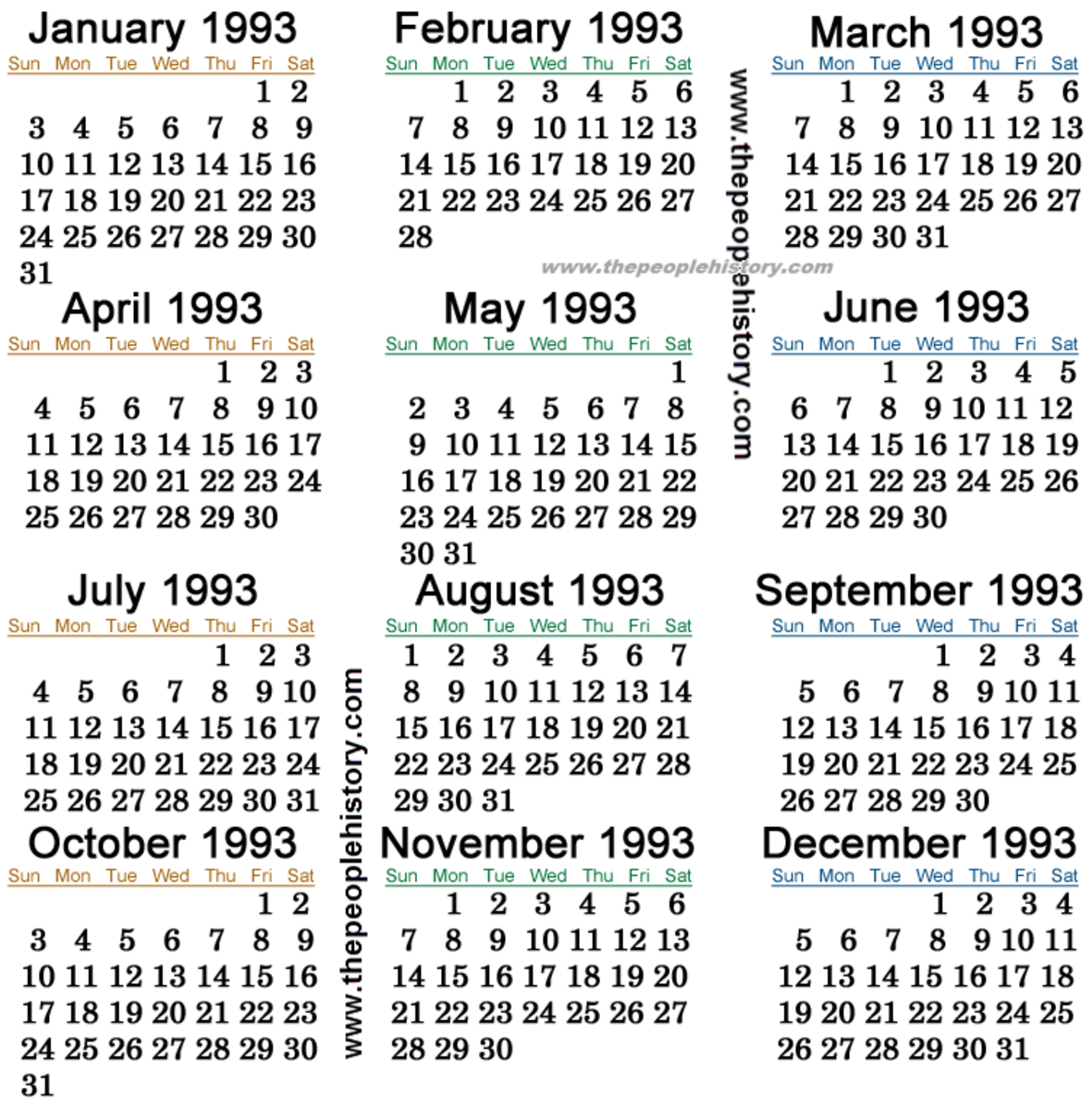
- 4.0L HO (High Output) Inline-Six (242 cu in): This is the more common and highly preferred engine for the 1993 model, producing around 180 horsepower and 220 lb-ft of torque. Known for its legendary reliability and low-end torque, it’s ideal for off-road use and provides adequate power for highway driving.
- 2.5L Inline-Four (150 cu in): Less common in 1993, but still available. This engine offers better fuel economy but significantly less power (around 120 hp). It’s suitable for light trail use or as a budget-friendly option.
- Transmission Options:
- 5-Speed Manual (AX-15): The most common and desirable manual transmission paired with the 4.0L engine. Known for its durability.
- 3-Speed Automatic (32RH): A reliable automatic option, though it sacrifices some fuel economy and direct control compared to the manual.
- Transfer Case:
- New Process NP231 Command-Trac: This part-time 4WD transfer case is robust and allows for 2WD High, 4WD High, and 4WD Low settings. It’s highly capable off-road.
- Axles:
- Front: Dana 30: Standard on all YJs.
- Rear: Dana 35: Standard on most YJs. Some rare, factory-equipped YJs with the "Tow Package" or specific option packages might have come with a stronger Dana 44 rear axle, which is highly desirable.
- Suspension:
- Leaf Springs: All YJs utilize leaf springs on both the front and rear axles, contributing to their ruggedness and ease of lifting.
- Body & Interior:
- Full metal doors or half doors (with soft uppers).
- Removable soft top or hardtop options.
- Simple, utilitarian interior designed for easy cleaning and durability.
- Roll bar for safety.
What to Look For When Buying a 1993 Jeep YJ
Buying a 30-year-old vehicle, especially one known for off-road use, requires a keen eye. A thorough inspection is paramount to avoid costly surprises.
- Rust, Rust, Rust (and More Rust): This is by far the biggest enemy of the YJ.
- Frame: Inspect the entire frame, especially where the skid plate attaches, around the spring hangers, and at the rear near the bumper. Look for bubbling, flaking, or patched areas. Serious frame rust can be a deal-breaker.
- Body: Check the floorboards (especially under the carpet), rocker panels, fender wells, tailgate, and the area around the windshield frame. Surface rust is common; perforating rust is a major concern.
- Under the Battery Tray: This area is notorious for rust due to battery acid leaks.
- Mechanical Condition:
- Engine: Listen for knocking, ticking, or excessive smoke from the exhaust (blue indicates oil burning, white indicates coolant). Check for fluid leaks (oil, coolant, power steering).
- Transmission: For manuals, check clutch engagement and listen for grinding or difficulty shifting. For automatics, ensure smooth, timely shifts without slipping.
- Transfer Case: Test engagement of 2WD, 4WD High, and 4WD Low. Listen for grinding noises.
- Axles: Check for leaks around the differential covers and axle shafts. Listen for whining or clunking noises during the test drive.
- Brakes: Check pedal feel, stopping power, and look for leaks at the calipers/wheel cylinders.
- Steering: Check for excessive play in the steering wheel. Look for worn tie rod ends, ball joints, or a leaky power steering box.
- Suspension: Look for cracked or sagging leaf springs, worn shackles, and damaged shock absorbers.
- Electrical Issues: Test all lights, gauges, wipers, heater/AC, and radio. Aftermarket wiring (especially for accessories) can be a source of problems.
- Modifications: Many YJs have been modified. Evaluate the quality of these modifications. A poorly installed lift kit can lead to steering issues, driveline vibrations, or premature wear. Oversized tires can put undue stress on the stock drivetrain components. Ask for documentation or details on who performed the work.
- Test Drive: Drive the YJ on various surfaces, including highway speeds if possible. Test 4WD engagement. Listen for unusual noises, feel for vibrations, and assess handling.
- Paperwork: Ensure the seller has a clean title in their name. Ask for any maintenance records available.
Where to Find a 1993 Jeep YJ For Sale
The market for vintage Jeeps is vibrant, and several avenues exist for finding a 1993 YJ.
- Online Marketplaces: Websites like Craigslist, Facebook Marketplace, and eBay Motors are primary sources. Be prepared to sift through many listings, and always assume photos might not tell the full story.
- Specialized Jeep Forums & Classifieds: Websites dedicated to Jeep enthusiasts (e.g., Jeepforum.com, Wranglerforum.com) often have classified sections where passionate owners sell their vehicles. These often come with more detailed descriptions and a better understanding of the vehicle’s history.
- Local Used Car Dealerships: While less common for older YJs, some smaller, independent dealerships specializing in classic or off-road vehicles might have them.
- Auctions: Online and physical auto auctions can be a source, but require extra caution as "as-is" sales often mean limited inspection opportunities.
- Word of Mouth: Let friends, family, and local Jeep clubs know you’re looking. The Jeep community is strong, and leads often come from within.
Pricing Considerations and Valuation
The price of a 1993 Jeep YJ can vary wildly, depending on several critical factors. There’s no single "blue book" value that accurately reflects the market for these enthusiast vehicles.
- Condition is King: Rust-free examples in excellent mechanical condition command the highest prices. Project vehicles with significant rust or mechanical issues will be at the lower end.
- Engine & Transmission: 4.0L HO models with manual transmissions are generally more desirable and fetch higher prices.
- Modifications: Quality, desirable modifications (e.g., professional lift, upgraded axles, lockers) can increase value, while poorly executed or extreme mods might actually detract from it for some buyers.
- Mileage: While less critical than condition for older vehicles, lower mileage can add value if verified.
- Location: Prices can vary regionally based on demand and local climate (e.g., rust-free Southern Jeeps often command a premium in rust-belt states).
General Price Ranges (as of late 2023 / early 2024):
| Condition Category | Estimated Price Range | Key Characteristics |
|---|---|---|
| Poor / Project | $2,000 – $5,000 | Significant rust (frame or body), major mechanical issues, non-running, incomplete. Requires extensive work. |
| Fair / Driver | $5,000 – $9,000 | Visible rust (surface or minor perforation), minor mechanical issues, runs and drives but needs attention. Good base for a rolling restoration or light trail use. |
| Good | $9,000 – $15,000 | Minimal to no significant rust, solid frame, mechanically sound but might need routine maintenance. May have tasteful modifications. Ready to enjoy immediately. |
| Excellent / Restored | $15,000 – $25,000+ | Professionally restored or exceptionally well-preserved original. No rust, flawless paint, rebuilt engine/drivetrain, high-quality modifications. Show-ready or collector’s item. |
Note: These are estimates and actual prices will vary based on market demand, specific vehicle features, and seller motivation.
The Ownership Experience: Pros and Cons
Owning a 1993 Jeep YJ is an experience unlike any other.
Pros:
- Unrivaled Fun: The open-air driving, classic looks, and off-road capability are incredibly engaging.
- Customization: A blank canvas for personalizing to your exact specifications.
- Strong Community: A vast, supportive community of YJ owners and enthusiasts.
- Simple Mechanics: Relatively easy to work on for those with basic mechanical skills.
- Holds Value: Well-maintained YJs tend to hold or even appreciate in value.
- Go-Anywhere Capability: Excellent off-road performance in stock or modified form.
Cons:
- Rough Ride: The leaf-spring suspension provides a firm, often bouncy, ride, especially on pavement.
- Older Technology: Lacks modern safety features (airbags, ABS), creature comforts, and fuel efficiency.
- Rust Prone: As discussed, rust is a constant battle, especially in wetter climates.
- Maintenance: Being a 30-year-old vehicle, it will require ongoing maintenance and occasional repairs.
- Fuel Economy: Not a strong suit, particularly with the 4.0L engine and larger tires.
- Safety: Lacks modern safety features and can be less stable than wider, lower vehicles.
Practical Advice and Actionable Insights
- Set a Realistic Budget: Don’t just budget for the purchase price. Factor in potential immediate repairs, routine maintenance, insurance, registration, and any desired modifications.
- Bring an Expert: If you’re not mechanically inclined, bring a trusted friend who is, or better yet, arrange for a pre-purchase inspection (PPI) by an independent mechanic specializing in Jeeps or 4x4s.
- Don’t Rush: There are always more YJs on the market. Be patient and wait for the right one that fits your budget and criteria.
- Verify VIN: Check the VIN against the title and run a vehicle history report (e.g., Carfax, AutoCheck) to look for accidents, salvage titles, or odometer discrepancies.
- Join Forums: Engage with online Jeep communities. They are a wealth of information and can offer advice on specific listings or common issues.
Concluding Summary
The 1993 Jeep YJ remains a highly coveted vehicle for its blend of classic styling, rugged capability, and endless customization potential. While the search for the right one requires diligence – particularly regarding rust and mechanical condition – the reward is an incredibly fun and versatile vehicle that embodies the spirit of adventure. Owning a YJ isn’t just about driving; it’s about joining a passionate community, embracing a simpler era of motoring, and having the freedom to explore wherever the road (or lack thereof) takes you. Approach your search with knowledge and caution, and you’ll soon be enjoying the unique thrill of a 1993 Jeep YJ.
Frequently Asked Questions (FAQ)
Q: Why do 1993 Jeep YJs have square headlights?
A: The square headlights were a deliberate design choice by AMC (Jeep’s parent company at the time) to differentiate the new Wrangler (YJ) from its predecessor, the CJ, and to align with contemporary automotive styling trends of the late 1980s. While initially controversial, they are now a defining and recognizable feature of the YJ.
Q: Is the 4.0L or 2.5L engine better for a 1993 YJ?
A: For most buyers, the 4.0L High Output (HO) inline-six is significantly better. It offers more power and torque, making it more capable off-road and more comfortable for highway driving. The 2.5L is more fuel-efficient but can feel underpowered, especially with larger tires or a lift.
Q: Are 1993 Jeep YJs good daily drivers?
A: They can be daily driven, but they are not comparable to modern vehicles. Expect a rougher, louder ride, less comfort, poorer fuel economy, and a lack of modern safety features. For many, the unique experience outweighs these drawbacks, but it’s important to set realistic expectations.
Q: What is the biggest common problem with the 1993 Jeep YJ?
A: Without a doubt, rust. The frame, especially around the skid plate and spring hangers, and various body panels (floorboards, rocker panels, tailgate) are highly susceptible to rust, particularly in areas exposed to salt or high humidity. Thorough rust inspection is critical.
Q: Can I easily remove the doors and top on a 1993 YJ?
A: Yes, one of the signature features of the Jeep Wrangler is the ease with which you can remove the doors and soft top (or hardtop sections) to enjoy an open-air driving experience. This makes the YJ highly versatile for different weather and adventures.
Q: How much does it cost to lift a YJ?
A: The cost varies widely depending on the type and height of the lift, brand, and whether you do it yourself or pay for professional installation. A basic budget boost might start around $300-$500, while a comprehensive suspension lift kit with new shocks, springs, and necessary accessory components (e.g., slip yoke eliminator, longer driveshafts) can easily range from $1,000 to $3,000+, plus installation costs.
